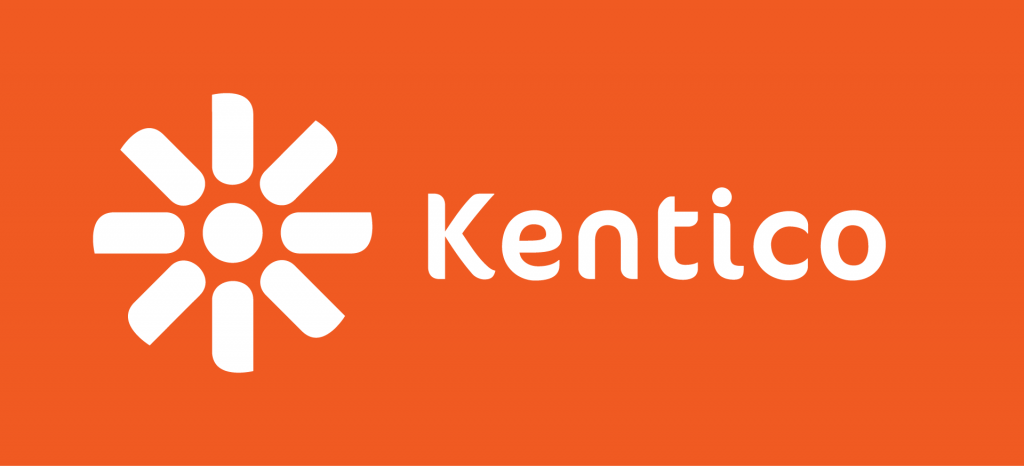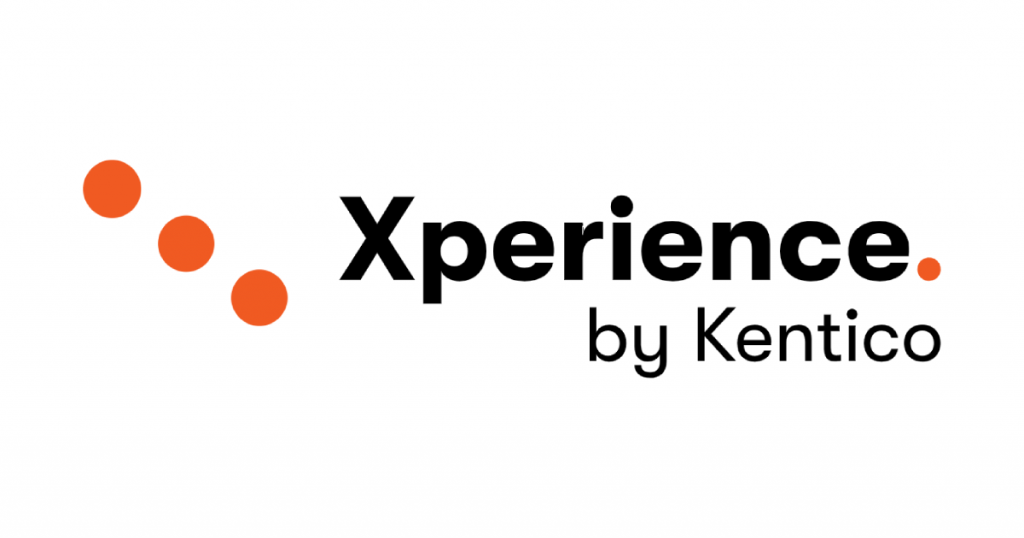
Abstract
The migration of web applications from older frameworks to modern ones is an essential task for ensuring long-term viability, performance, and security. This blog delves into the intricate process of porting Kentico MVC applications to .NET Core MVC. It explores the motivations for this migration, the technical challenges involved, and provides a step-by-step guide to help organisations smoothly transition their Kentico MVC projects. By the end of this paper, readers will have a clear understanding of the ins and outs of migrating from Kentico MVC to .NET Core MVC, along with practical insights and best practices.
Table of Contents
- Introduction
- Background
- Motivation for Migration
- Scope of the blog
- Understanding Kentico MVC
- Overview of Kentico MVC
- Key Components
- Kentico MVC vs. .NET Core MVC
- Benefits of Migrating to .NET Core MVC
- Performance Improvements
- Cross-Platform Compatibility
- Enhanced Security
- Scalability
- Challenges and Considerations
- Dependency on Kentico-Specific Features
- Third-Party Integrations
- Data Migration
- Project Complexity
- Preparing for Migration
- Conducting a Code Audit
- Identifying Kentico Dependencies
- Version Compatibility
- Setting up a .NET Core Environment
- Step-by-Step Migration Process
- Creating a .NET Core MVC Project
- Migrating Views
- Migrating Controllers
- Data Migration
- Handling Dependencies
- Testing and Quality Assurance
- Post-Migration Best Practices
- Performance Tuning
- Security Enhancements
- Continuous Integration and Deployment
- Monitoring and Maintenance
- Case Studies
- Real-world Examples of Kentico MVC to .NET Core MVC Migration
- Conclusion
- Key Takeaways
- Future Trends and Considerations
Introduction
Background
Kentico MVC is a popular content management system (CMS) and web application framework used to build dynamic and feature-rich websites. However, as technology evolves, there comes a time when organisations must consider migrating their Kentico MVC applications to a more modern and robust platform. .NET Core MVC, now known as ASP.NET Core MVC, is a prime candidate due to its performance, cross-platform capabilities, and enhanced security.
Motivation for Migration
The motivation for migrating from Kentico MVC to .NET Core MVC varies but often includes the need for improved performance, support for cross-platform deployment, enhanced security, and scalability. This migration can also future-proof the application, ensuring it remains relevant and maintainable in the rapidly changing landscape of web development.
Scope of the blog
This blog aims to provide a comprehensive guide for organisations and developers considering the migration of Kentico MVC applications to .NET Core MVC. It covers the benefits of migration, challenges and considerations, the step-by-step migration process, best practices, and real-world case studies to illustrate successful migrations.
Understanding Kentico MVC
Overview of Kentico MVC
Kentico MVC is a content management system and web development framework that allows developers to build web applications with a strong focus on content-driven experiences. It provides a wide range of features, including content management, eCommerce capabilities, and extensible functionality through modules and plugins.
Key Components
Kentico MVC applications typically consist of the following key components:
- CMS Engine: The core engine responsible for content management, page routing, and dynamic content rendering.
- Custom Modules and Widgets: Extensions and customizations developed for specific project requirements.
- Database Schema: Kentico databases containing content, configuration, and user data.
- Front-end Templates: Views and templates for rendering web pages.
- Controllers: Code handling HTTP requests and interactions with the CMS.
Kentico MVC vs. .NET Core MVC
While Kentico MVC provides a robust framework for content management and web development, it is built on the .NET Framework, which has certain limitations. .NET Core MVC, now ASP.NET Core MVC, offers several advantages, including improved performance, cross-platform compatibility, and enhanced security. Migrating to .NET Core MVC can future-proof applications and provide a more modern development environment.
Benefits of Migrating to .NET Core MVC
Migrating from Kentico MVC to .NET Core MVC brings several key benefits:
Performance Improvements
.NET Core is designed for high performance, with optimisations that can lead to faster response times and reduced resource consumption. This can result in improved user experiences and cost savings through reduced server requirements.
Cross-Platform Compatibility
.NET Core is cross-platform, allowing applications to run on Windows, Linux, and macOS. This flexibility enables organisations to deploy their applications on a wider range of hosting environments and take advantage of cloud-based solutions.
Enhanced Security
.NET Core includes security enhancements, such as improved protection against common web vulnerabilities. Keeping applications up-to-date with the latest security features is critical in today’s threat landscape.
Scalability
.NET Core’s architecture is designed for scalability, making it easier to handle increased traffic and demand. This scalability can be crucial for applications that experience growth over time.
Challenges and Considerations
While the benefits of migrating to .NET Core MVC are clear, there are several challenges and considerations that organisations must address during the migration process:
Dependency on Kentico-Specific Features
Kentico MVC applications often rely on Kentico-specific features and modules. Identifying and replacing these dependencies with equivalent solutions in .NET Core MVC can be a complex task.
Third-Party Integrations
Applications may have third-party integrations, such as payment gateways or CRM systems, that need to be reconfigured or replaced to work seamlessly with .NET Core MVC.
Data Migration
Migrating content and data from the Kentico database schema to a .NET Core-compatible schema requires careful planning and execution.
Project Complexity
The complexity of the Kentico MVC application can significantly impact the migration effort. Large, customised projects may require more time and resources to migrate successfully.
Preparing for Migration
Before beginning the migration process, it is essential to prepare thoroughly. This involves several key steps:
Conducting a Code Audit
A comprehensive code audit should be performed to identify all dependencies, customisations, and areas of the application that require migration.
Identifying Kentico Dependencies
Determine which Kentico-specific features and modules are used in the application. This information will guide the migration process and help identify equivalent solutions in .NET Core MVC.
Version Compatibility
Ensure that the versions of Kentico MVC and .NET Core MVC chosen for migration are compatible. Upgrading Kentico to a compatible version may be necessary.
Setting up a .NET Core Environment
Create a development environment for .NET Core MVC, including the necessary tools and libraries. Developers should be trained in .NET Core development if they are not already familiar with it.
Step-by-Step Migration Process
Migrating from Kentico MVC to .NET Core MVC is a complex process that involves multiple steps. This section outlines a general migration process:
Creating a .NET Core MVC Project
- Setup: Create a new .NET Core MVC project using an appropriate template.
- Database: Design and create a database schema that aligns with the data structure of the Kentico application.
- Authentication and Authorization: Implement authentication and authorization mechanisms, ensuring that user roles and permissions are equivalent to the Kentico setup.
Migrating Views
- Views: Identify and migrate Kentico views to .NET Core MVC views. Update HTML, CSS, and JavaScript as needed.
- Content Rendering: Replace Kentico-specific content rendering with .NET Core mechanisms, such as Razor syntax.
Migrating Controllers
- Controllers: Rewrite Kentico controllers as .NET Core MVC controllers. Update routing configurations to match the new structure.
- Dependency Injection: Implement dependency injection to manage dependencies and services.
Data Migration
- Data Export: Extract content and data from the Kentico database using export scripts or tools.
- Data Import: Import data into the new .NET Core database schema, ensuring data integrity and relationships.
Handling Dependencies
- Third-Party Integrations: Reconfigure or replace third-party integrations to work with .NET Core MVC.
- Kentico-Specific Features: Identify and replace Kentico-specific features with .NET Core equivalents. This may involve custom development.
Testing and Quality Assurance
- Unit Testing: Develop and execute unit tests to ensure that the migrated components function correctly.
- Integration Testing: Test the application’s interactions with external systems and integrations.
- User Acceptance Testing (UAT): Involve stakeholders and end-users in UAT to validate the functionality and usability of the migrated application.
Post-Migration Best Practices
After completing the migration, organisations should follow best practices to optimise the performance, security, and maintainability of the .NET Core MVC application:
Performance Tuning
- Performance Testing: Continuously monitor and optimise application performance to ensure responsiveness and efficiency.
- Caching: Implement caching strategies to reduce server load and improve response times.
Security Enhancements
- Security Audits: Regularly audit and update security measures to protect against vulnerabilities.
- Authentication and Authorisation: Ensure that user access controls are robust and that sensitive data is properly protected.
Continuous Integration and Deployment
- CI/CD Pipelines: Establish CI/CD pipelines to automate testing, build, and deployment processes, ensuring rapid and reliable releases.
- Version Control: Use version control systems to track changes and collaborate effectively.
Monitoring and Maintenance
- Monitoring Tools: Implement monitoring solutions to track application performance, detect issues, and respond proactively.
- Regular Updates: Keep all components, libraries, and frameworks up-to-date to benefit from security patches and feature enhancements.
Case Studies
This section presents real-world examples of organisations that successfully migrated from Kentico MVC to .NET Core MVC. These case studies highlight the motivations for migration, challenges faced, and the positive outcomes achieved.
Conclusion
The migration of Kentico MVC applications to .NET Core MVC is a complex but rewarding endeavor. By understanding the motivations, benefits, challenges, and best practices outlined in this white paper, organisations can embark on a successful migration journey that ensures the long-term viability, performance, and security of their web applications. As technology continues to evolve, staying up-to-date with modern development frameworks becomes increasingly essential for maintaining a competitive edge and providing exceptional user experiences.
The certified Kentico development team at Newpath are experienced with Kentico builds, migrations and troubleshooting. We’d love to have a chat with you about your Kentico project.





